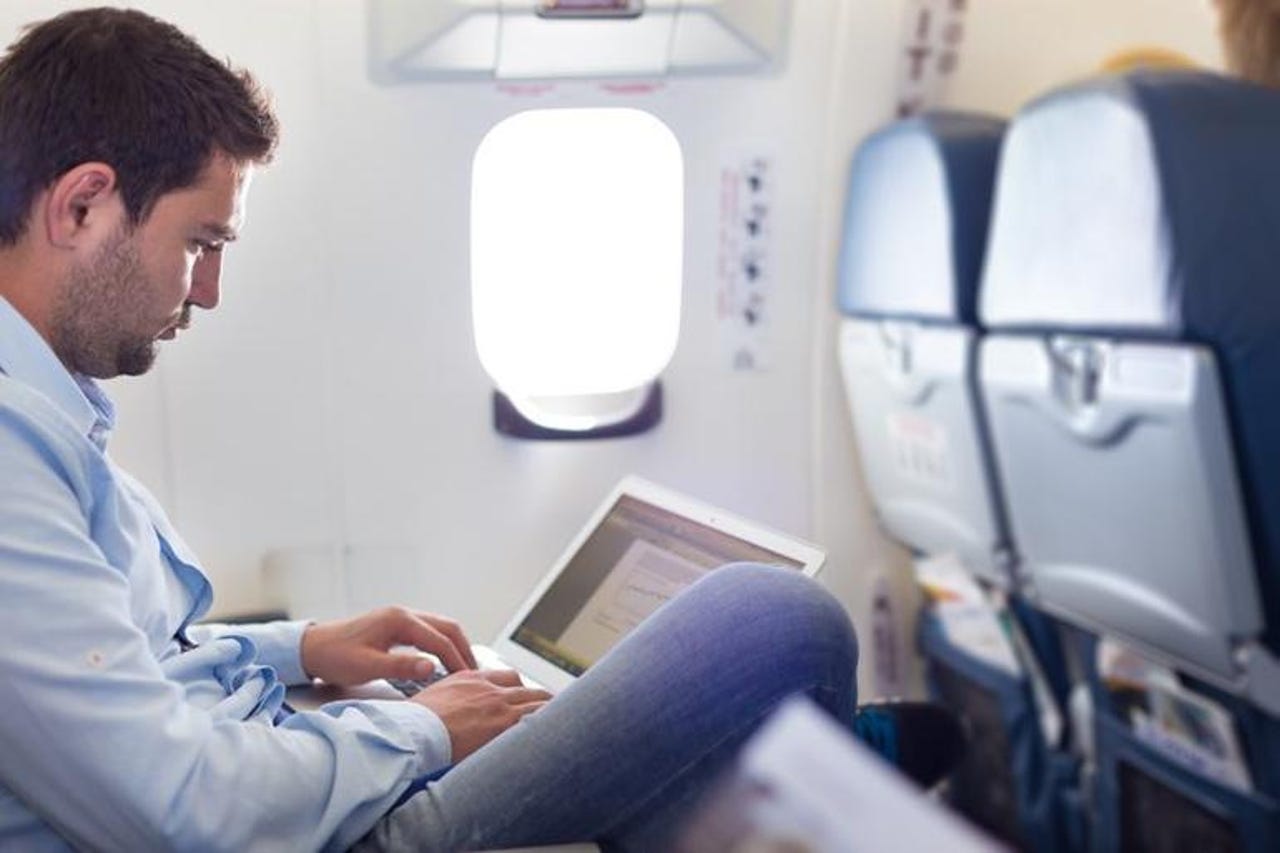































 Image: Getty
Image: Getty Have you ever embarked on a flight and desperately wanted to connect your device to Wi-Fi to no avail? This experience is one that flight passengers face every day and a real problem for both the airlines and customers. A new Wireless Broadband Alliance (WBA) report shows that there is one simple solution that could help solve your flight connectivity problems.
The challenges that typically plague a user's in-flight Wi-Fi experience are inaccessible Wi-Fi, a poor signal, and the high cost of purchasing the service. The shift from having connectivity constantly on the ground to an unreliable connection in the air can be frustrating for the average person.
"Connectivity today is fundamental for our daily lives and Wi-Fi is the most used wireless connectivity technology in the world," said Tiago Rodrigues, CEO of the WBA. "The in-flight Wi-Fi experience must improve to give vacationers and business travelers access to flight information, entertainment, social media, and more."
One major factor causing these connectivity issues is the captive portal method -the process by which passengers connect to the correct Wi-Fi, navigate to a landing page, determine which Wi-Fi package they would like to purchase, and finally register and pay.
Each additional step in this process serves as a barrier to entry and deters customers from taking advantage of in-flight Wi-Fi services. The result is a decrease in revenue for the airline and aggravated passengers.
Also: The best tech deals from Amazon's Prime Early Access Sale
A simple solution to this issue, according to the report, would be implementing the Wi-Fi Alliance's Passpoint technology, also known as Hotspot 2.0, which facilitates secure, automatic connection to Wi-Fi networks for devices provisioned with a suitable subscription profile.
Providing Passpoint subscriptions to passengers would allow passengers to skip the hassle of manually logging in on the flight. Instead, passengers would be automatically authenticated when walking into the aircraft and immediately connected to a secure connection.
Use of Passpoint also lays the framework for members to participate in WBA's OpenRoaming federation, which adds the appropriate Roaming Consortium Organization Identifiers (RCOIs) to the network to enhance security and privacy -a big concern for business travelers.
"Airline travel is soaring, with international traffic up 229.5% over the past year and total traffic up 76.2%, according to the International Air Transport Association (IATA)," said Bruno Tomas, CTO of the Wireless Broadband Alliance.
"That trend means now is the ideal time for airlines to take a fresh look at their in-flight Wi-Fi experience. This report shows how they can use Passpoint and WBA OpenRoaming to eliminate complexity so passengers can take full advantage of all their in-flight services."
To ensure better connectivity on flights in the future, WBA is going to start developing industry guidelines.
 Tags quentes :
Inovação
Transporte
Tags quentes :
Inovação
Transporte